Scientists discover new antiviral defense system in bacteria
Broad Institute
AUGUST 11, 2022
It’s been very exciting to integrate genetics, bioinformatics, biochemistry, and structural biology approaches in one study to understand this fascinating molecular system.” Most known bacterial defense systems work by sensing viral DNA or RNA, or cellular stress due to the infection. The finding was striking and unprecedented.

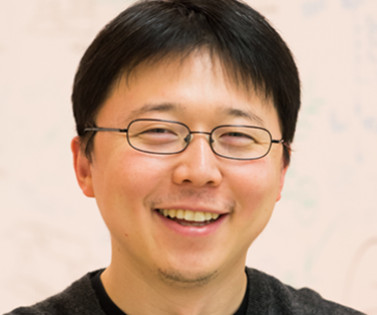
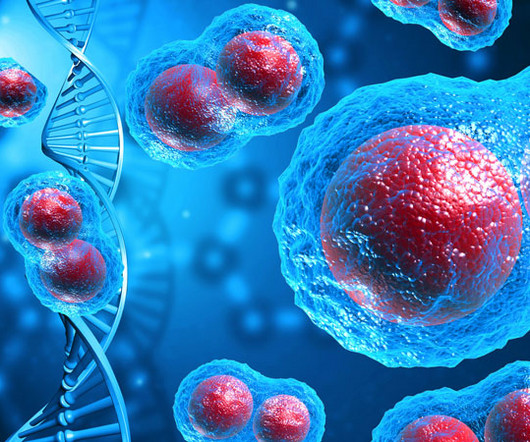
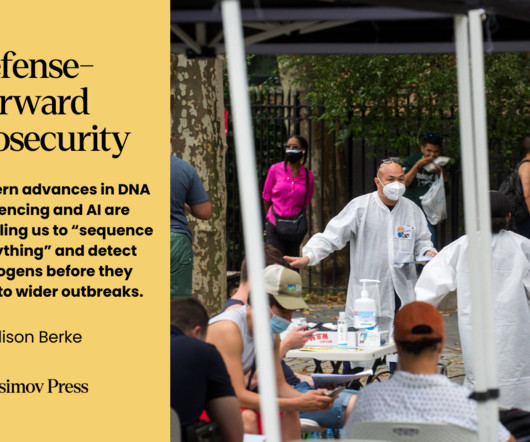
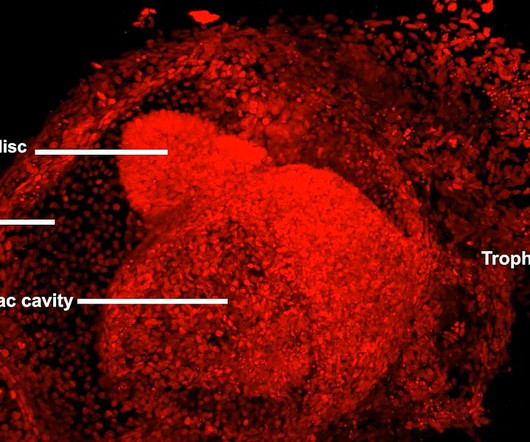
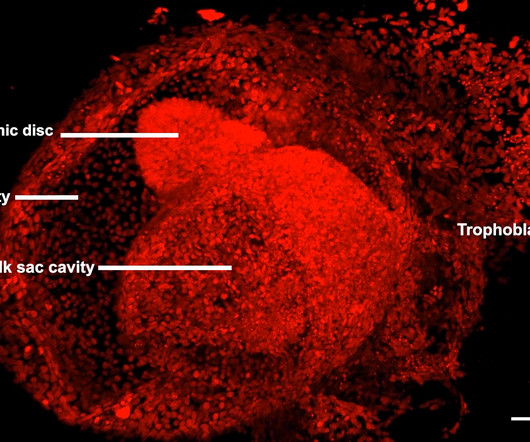
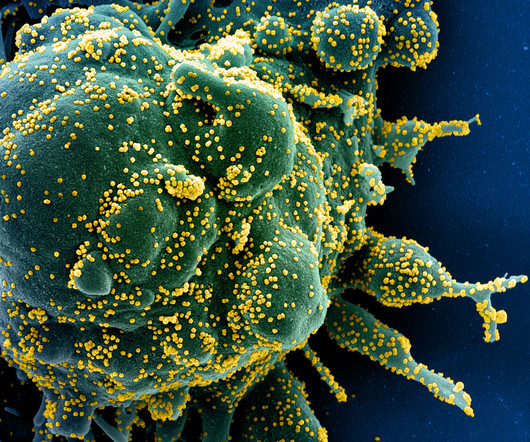
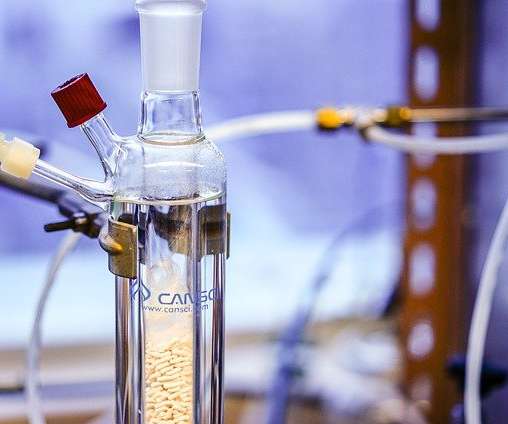

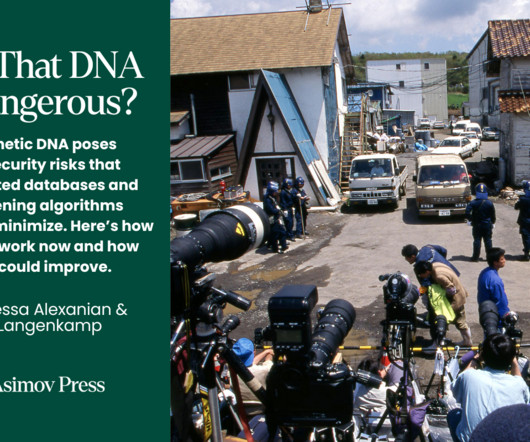






Let's personalize your content